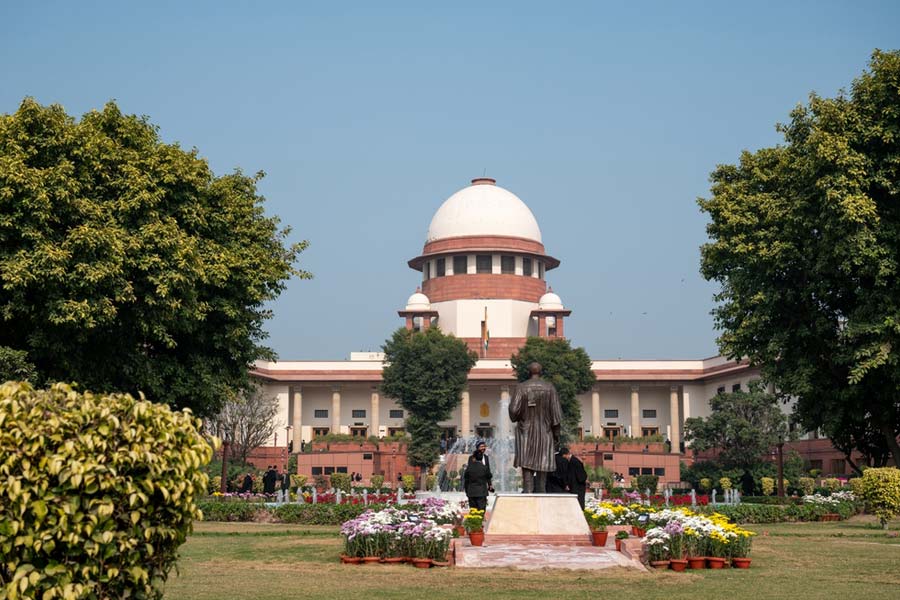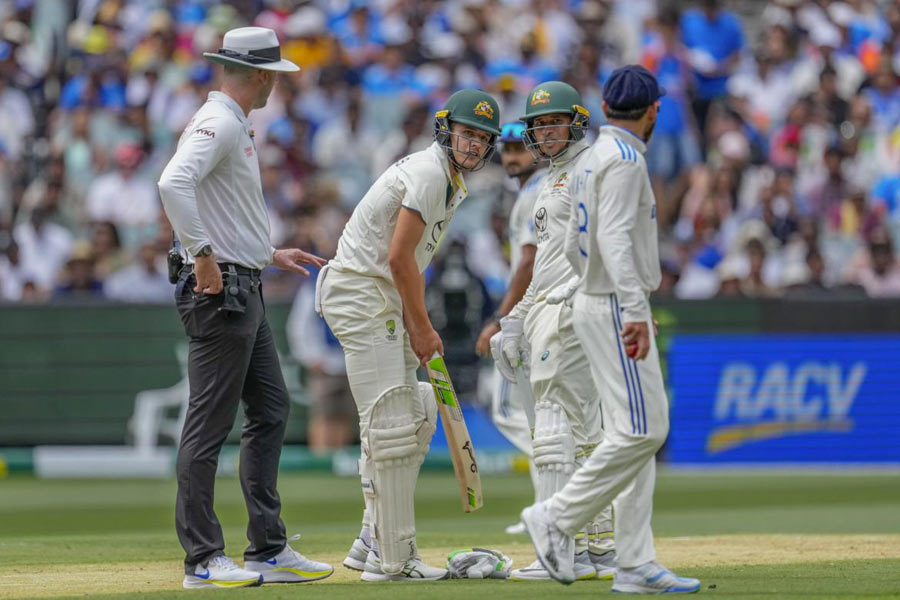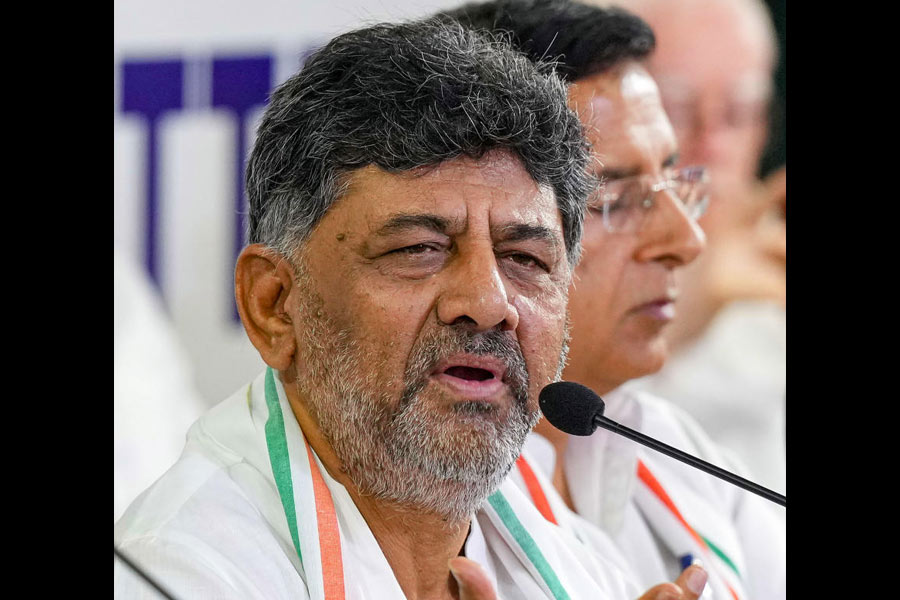“Cows and music disrupt India,” wrote Savel Zimand, a correspondent of The New York Times in 1924. I was surprised to come across a title like this while scrambling through the archives. I thought this could easily fit as a headline for today’s breaking news — a grim reminder that even after 100 years of publishing this story, violence and attacks on the secular fabric of our nation continue in the name of music as well as the sacred cow.
An average Indian city’s soundscape is typically loud, filled with chaos and cacophony. Human and mechanically-produced sounds — from the constant honking of cars to the shouting of sellers — are a part of daily life. With the ascendancy of the Bharatiya Janata Party, a new kind of music — Hindutva pop or H-pop — has infiltrated the Indian soundscape. Mostly written in Hindi, H-pop’s major aim is Hindutva’s mobilisation. These cheaply produced songs, with poor audio quality and provocative lyrics, were initially part of political rallies. Later, they became a feature of Hindu festivals. Kunal Purohit, the author of H-Pop: The Secretive World of Hindutva Pop Stars, has identified the normalisation of these bigoted songs in India’s everyday life. H-pop, mixed with hate sloganeering, has thus been integrated into the Indian soundscape.
I identify the discrimination and the violence perpetrated by Hindutva in two ways: one is through formal legal mechanisms, such as the Citizenship (Amendment) Act; and the other is through seemingly informal means, such as H-pop. Loud music with provocative lyrics can easily incite communal tension. During my PhD fieldwork in Hyderabad, I observed how these songs were being played loudly, often simultaneously with the adhan (Muslim call to prayer). It is a common practice to increase the volume of these songs as processions pass through minority residential areas and places of worship. Loud noise, in these contexts, serves as a vehicle for communal codes that can easily spark tension between the majority and the minority communities.
I also conducted my fieldwork during Milad celebrations in Hyderabad. In 2023, the annual Milad procession coincided with Ganesh visarjan. To avoid potential conflicts, Milad processions were postponed to the following Sunday. I had attended Milad processions before, during the pre-Covid period in the city. They typically featured naats (poems praising Prophet Muhammad) and takbirs (chants glorifying god) as staples of the event. However, in 2023, I noticed a few makeshift loudspeakers fixed on auto-rickshaws playing remixes of marfa baaja (a type of band music). Many of the respondents I interviewed were critical of such loud music. However, some, particularly the younger participants, viewed it as a day of shor machana (making noise).
Sound is thus becoming a vehicle for identity assertion during community festivals and processions. On occasions, it has also become a means of inflicting violence and stoking tension, as has been recorded in many places in India.
In a country like India, with poorly-managed noise control, sound flows freely. Silence is a luxury; it is exclusive to the elites who live in ‘peaceful’ neighbourhoods in upscale areas of a city. Perhaps these areas can afford to shield themselves from the ear-deafening beats of hate songs. If it was possible to make specific localities within a city silent and conflict-free, it would have implied the existence of control mechanisms to ensure civility.
Is it possible to end this hate by enforcing noise control without bias? Or are these hate songs a reflection of a hatred that is now entrenched in our country?
Khadeeja Amenda is a PhD student in the Department of Communication and New Media, National University of Singapore











